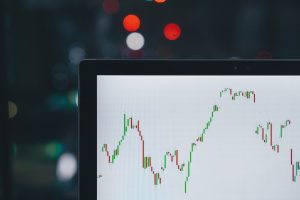Forex trading involves analyzing various factors that affect the currency market to determine the direction in which a currency pair will move. One of the critical factors that traders consider is the sentiment. Sentiment refers to the overall feeling or mood of traders towards a particular currency pair. It is a measure of the collective opinion of traders about the strength or weakness of a currency pair.
Sentiment analysis in forex involves using various tools and techniques to gauge the market’s mood and predict future price movements. It is a crucial aspect of forex trading, as it provides valuable insights into the behavior of the market and helps traders make informed decisions.
There are different types of sentiment in forex, which include:
1. Bullish Sentiment: This refers to a positive market sentiment where traders believe that the price of a currency pair is likely to increase. A bullish sentiment is typically characterized by an increase in demand for a particular currency, which leads to an uptrend in the currency pair’s price.
2. Bearish Sentiment: This refers to a negative market sentiment where traders believe that the price of a currency pair is likely to decrease. A bearish sentiment is typically characterized by a decrease in demand for a particular currency, which leads to a downtrend in the currency pair’s price.
3. Neutral Sentiment: This refers to a situation where traders have no clear direction on the market. A neutral sentiment is typically characterized by a lack of significant price movements in either direction.
There are various ways to measure sentiment in forex trading. Some of the most popular methods include:
1. Technical Analysis: This involves analyzing charts and using technical indicators to identify trends and patterns in the market. Traders use technical analysis to identify potential support and resistance levels, which can help them make buy or sell decisions.
2. Fundamental Analysis: This involves analyzing economic data, news, and other events that could affect the market. Traders use fundamental analysis to identify potential macroeconomic factors that could affect the value of a currency pair.
3. Market Sentiment Indicators: These are tools that measure the overall mood of the market. Some of the most popular sentiment indicators include the Commitment of Traders (COT) report, which shows the positions of large traders in the market, and the Speculative Sentiment Index (SSI), which shows the sentiment of retail traders.
In conclusion, sentiment is a critical aspect of forex trading. It provides valuable insights into the behavior of the market and helps traders make informed decisions. By using various tools and techniques to measure sentiment, traders can identify potential trends and patterns in the market and make profitable trades.





